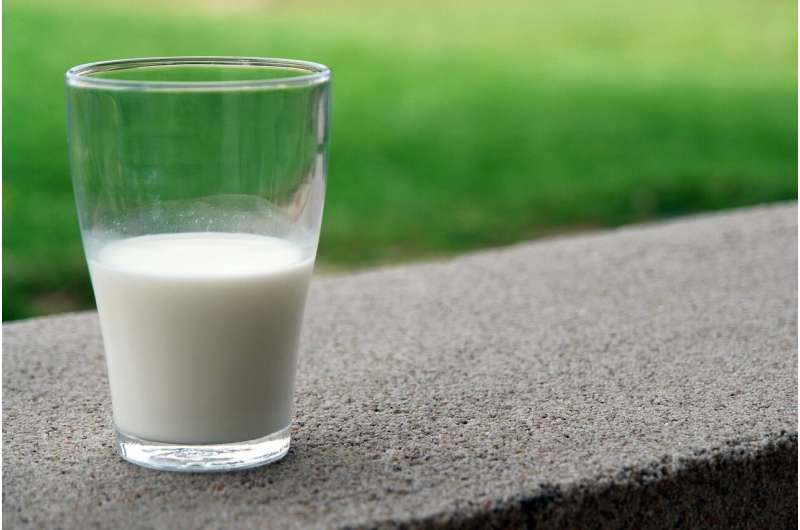Innovative Breastfeeding Device Provides Real-Time Milk Intake Monitoring for New Mothers

A novel wearable device developed by Northwestern University offers real-time, clinical-grade monitoring of breast milk intake, improving breastfeeding support for new mothers and infants, especially in NICUs.
A groundbreaking wearable device developed by researchers at Northwestern University is revolutionizing breastfeeding by offering real-time, clinical-grade monitoring of a baby's milk consumption. Breastfeeding, while highly beneficial for both mother and child, has traditionally lacked precise measurement tools, making it difficult for parents and healthcare providers to determine how much milk a baby ingests during feeding sessions.
This unobtrusive device comprises a soft, flexible cord that gently wraps around the mother's breast and is equipped with integrated electrodes that adhere softly to the skin. A small, lightweight base station, embedded within a soft silicone case, sits in the middle of the cord and contains a rechargeable battery, Bluetooth for wireless data transmission, and onboard memory. During breastfeeding, this setup transmits data wirelessly to a smartphone or tablet, providing a live graphical display of the amount of milk consumed.
The core principle behind the device is bioimpedance — a technique commonly used to measure body composition — which detects subtle changes in the electrical properties of the breast tissue as milk is expressed. When milk is removed, the electrical conductivity of the breast tissue changes proportionally, allowing the device to precisely quantify milk volume in real time.
To ensure accuracy and personalization, the device undergoes a calibration process using a breast pump and volume markings, tailored to each mother's unique breast characteristics. Initial testing with 12 breastfeeding mothers demonstrated that the sensor's measurements closely matched traditional methods like weighing the baby before and after feeding. Extensive modeling, benchtop experiments, and clinical evaluations have validated its reliability.
This innovation is particularly impactful for neonatal intensive care units (NICUs), where monitoring milk intake is critical for premature and ill infants with specific nutritional needs. The device can help reduce parental anxiety and assist clinicians in managing nutrition more effectively.
Future plans include integrating the technology into comfortable breastfeeding bras, improving usability across diverse populations, and expanding functionalities to measure milk quality and production over time. Ultimately, this device aims to empower mothers with greater confidence in their breastfeeding journey while facilitating improved infant care.
This advancement addresses a significant gap in lactation support, promising healthier outcomes for mothers and babies worldwide.
Source: https://medicalxpress.com/news/2025-05-breastfeeding-device-babies-intake-real.html
Stay Updated with Mia's Feed
Get the latest health & wellness insights delivered straight to your inbox.
Related Articles
Arginine Toothpaste Shows Promise in Reducing Childhood Cavities
A two-year clinical trial demonstrates that arginine-containing toothpaste can significantly reduce dental cavities in children, offering a promising alternative to fluoride-based products.
Study Finds A2 Milk May Not Be the Ideal Choice for Milk-Sensitive Individuals
A Finnish study reveals that lactose-free, protein-hydrolyzed milk may be better tolerated than A2 milk among individuals with digestive sensitivities, highlighting the importance of personalized dietary choices.
Educational Strategies Drive Adoption of Lifestyle Medicine in Health Systems
A recent study reveals that targeted educational strategies—such as CME courses, certifications, and conferences—are key to integrating lifestyle medicine into healthcare systems, supporting clinician education and practice change.
Uncovering the Hidden Microbial World in Your Socks: Bacteria, Fungi, and More
Discover the fascinating microbial ecosystems thriving in your socks, including bacteria and fungi that impact foot health and hygiene, with insights into infection prevention and forensic applications.



